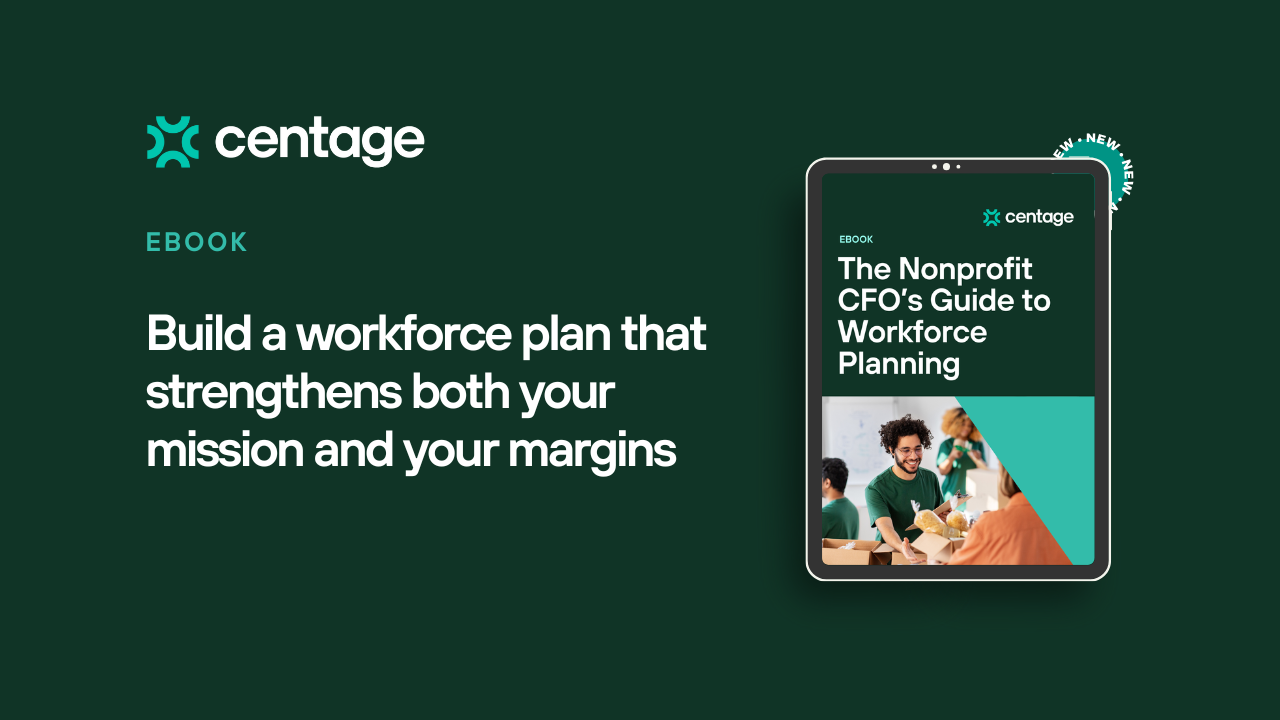Accurately Calculate the Total Cost of your Employees
How to best approach planning & budgeting of payroll and related expenses
A while ago there was a member question on the Proformative.com site about calculating total cost of employees. This question has come up several times on this forum in recent years and clearly represents a challenge finance personnel and departmental managers face.
I personally remember struggling with calculating total employee costs at several companies I worked at or consulted to, especially when we had to fully absorb these costs in inventory, excluding non-production employees and those who were part-time in production and part-time in SG&A.
Some payroll systems I have worked with in the past could provide the straight time and overtime cost per employee in each accounting period, holiday and vacation time expense, and bonus expense, but were not capable of clearly itemizing the additional expenses (known as payroll-related expenses) in detail per employee.
Detailed Payroll-Related Expenses
These are expenses such as Social Security Tax (employer portion), Medicare (employer portion), Additional Medicare Tax (for certain employees over a certain earning threshold), and unemployment taxes (SUTA and FUTA). To that, you must add additional payroll-related expenses such as 401K plan employer matching, health insurance portion covered by the employer, and other expenses that must be tracked and budgeted for, such as the cost of supplies per employee, cost of IT per employee, etc.
These payroll and related expenses can be calculated in a spreadsheet, knowing the various rates at the time of calculation and adding up all the expenses per employee, per department, and so on. What makes it difficult is the fact that some expenses go away during the calendar year and then start over in the beginning of the following calendar year. Social Security tax and FUTA are good examples, and knowing the annual cap, one can program this into the same spreadsheet and cause these expenses to disappear once the annual cap has been reached.
Fiscal Year-End Challenges
Another challenge faces companies whose fiscal year-end is not December 31st. These companies must devise a clever way to track payroll expenses during their fiscal year while accounting for them (for reporting and compliance purposes) using the calendar year. This is also possible using a spreadsheet, but like many other complex spreadsheets, it becomes exceedingly more difficult to maintain and audit for errors and omissions as the number of employees increases.
As in all complex spreadsheets, these spreadsheets will require careful placement of many formulas and functions, possibly even macros and other complex VBA code. What makes it more challenging is the addition and deletion of employees during each calendar year, anticipated pay raises and bonuses based on projected performance, and certain other changes, which make the maintenance of these worksheets very difficult. In fact, without proper change management control and internal audit, these spreadsheets are more than likely to contain errors and omissions, some of which may be material.
Limitations of Spreadsheets
It is the general consensus of many accounting and finance professionals that spreadsheets are not the right tool to use in a very complex environment with many linked worksheets, linked workbooks and consolidations, and having to endlessly maintain records in many of these worksheets. Payroll planning and budgeting is a good example where spreadsheets should not be used.
Advantages of Centage’s Personnel Module
While I was thinking about this challenge, I remembered how easy it was for me to maintain employees and payroll costs in a planning and budgeting solution with a dedicated Personnel Module. The application is Centage, published by Centage Corporation, where the Personnel Module is an integral piece of the application and can be deployed either standalone or in combination with any module within the system.
Centage’s Personnel Expense Module overcomes all the problems and challenges listed above. It is driven by built-in business rules and payroll taxing authorities’ existing rates. Regardless of your fiscal year-end date, it knows precisely when to stop charging Social Security Tax expense, FUTA, and any other payroll-related expense that has a peculiar behavior during the payroll year. This is in addition to applying the correct tax expense in each tax category, as posted to each applicable GL account in each planning period.
Accurate Payroll Expense Management
As employees’ salary or hourly rates increase (or decrease) during the planning period (a year, 18 months, 24 months, or whatever your plan’s length is), the correct payroll tax expenses are properly posted in the right period.
With the unique feature of posting expenses to the planning period via a system of automated journal entries, payroll expenses become an integral component of the planning and budgeting process, which means they are completely and accurately reflected in all financial statements and reports automatically generated for each planning and budgeting period.
Flexibility and Detailed Planning
What I like about Centage’s Personnel Module is that you can plan in as much detail as you like (down to the individual employee in each business unit) or on a higher level in certain areas of the business. This is very useful in manufacturing operations where you can have multiple employees in a certain department (e.g., fabrication), having similar pay rates and starting in the same planning period.
For example, you may add five fabrication employees in May of 2015 at a base rate of $18.50 per hour, then six more in the following period, and so on. You don’t need to list each of these employees individually; just the position type with the number of employees, their start date, rate, and any anticipated increases or decreases. The system will use the data you provided and, using its built-in business rules, will expense everything properly in the right planning GL accounts and in all the relevant planning periods. Future period financial statements and all other reports will automatically reflect that.
Benefits of Automation
I find a remarkable capability of the Personnel Module in not having to place any formulas, functions, macros, and links anywhere in the program, which is also true for all the other Centage planning modules (revenue, fixed assets, debt, etc.).
Another great thing about the Personnel Module is that it is 100% included in the licensing fee of the Centage application. Use it standalone or in combination with other modules as your needs dictate, or add your personnel planning data into an already existing plan.
With the Centage Personnel Expense Module, you will always have a complete view of your payroll and related expenses with clear and accurate reports, making your employees' total cost part of the overall budget.
Keep reading...
Interviews, tips, guides, industry best practices, and news.


